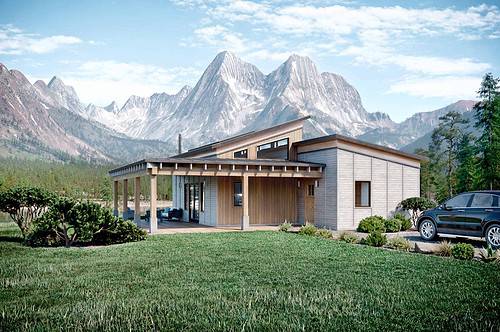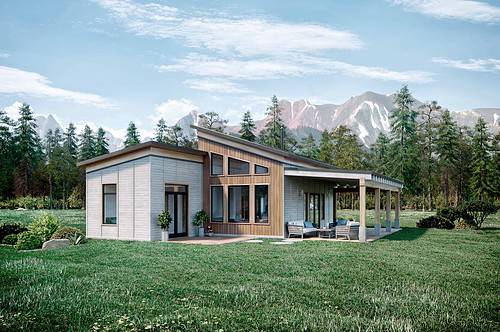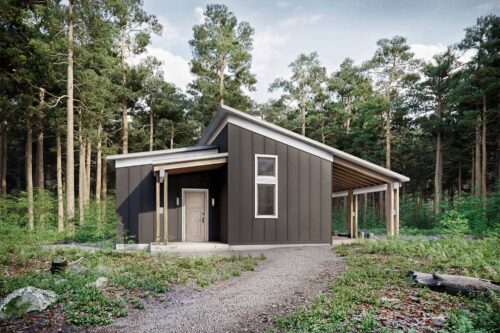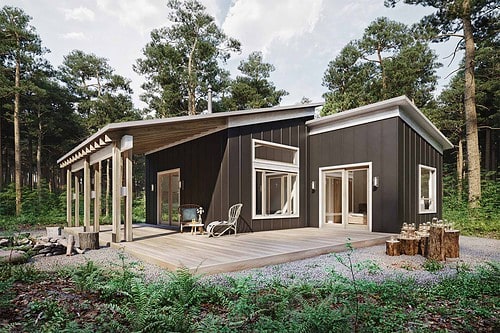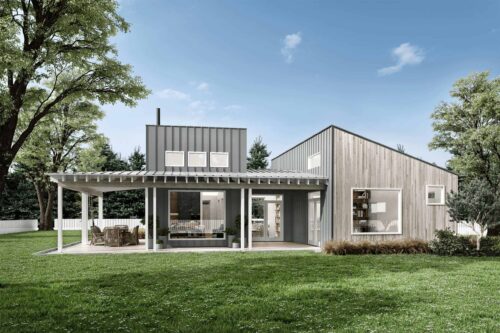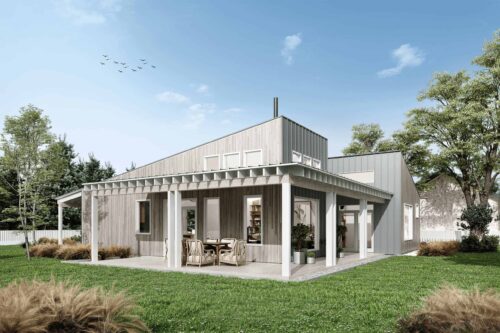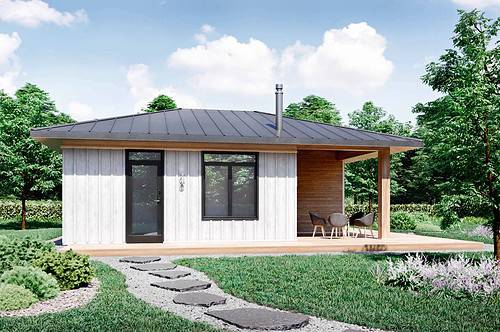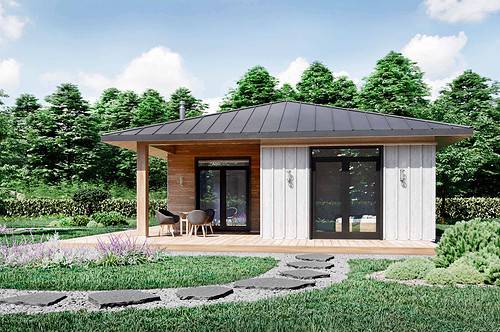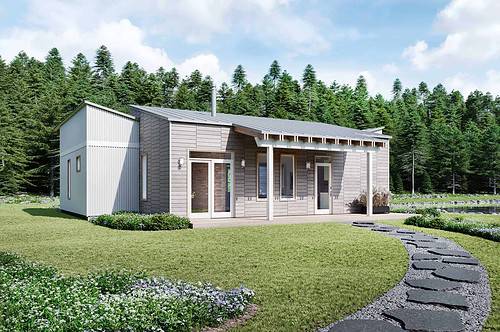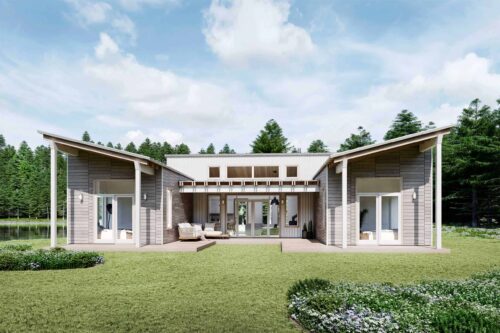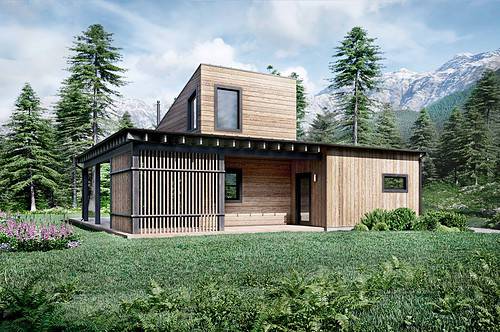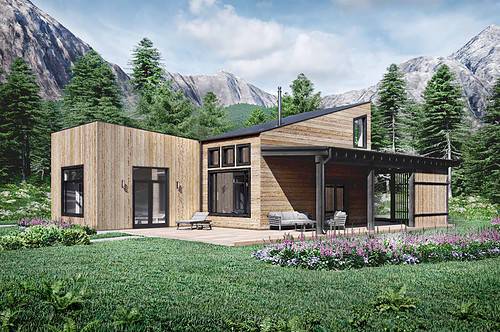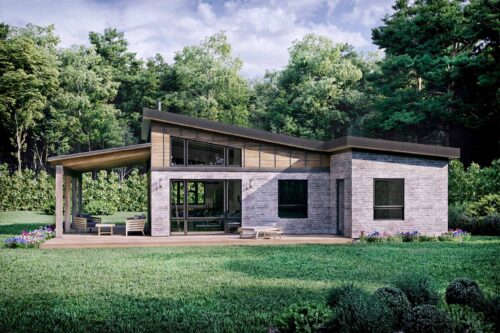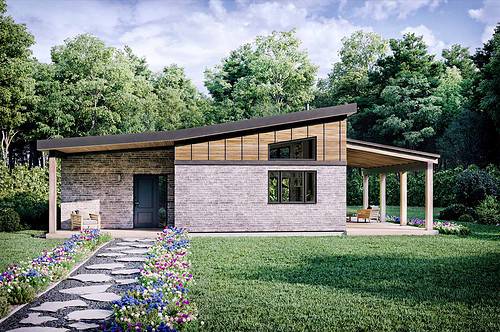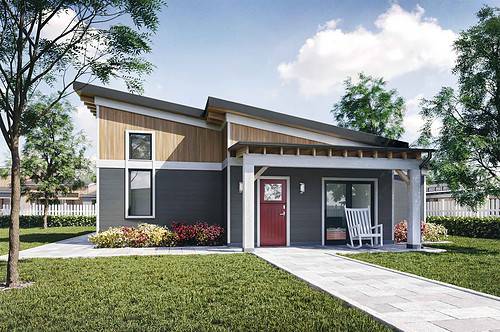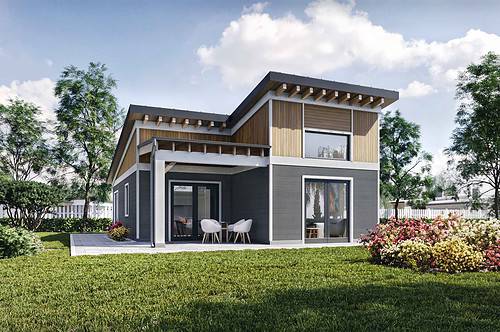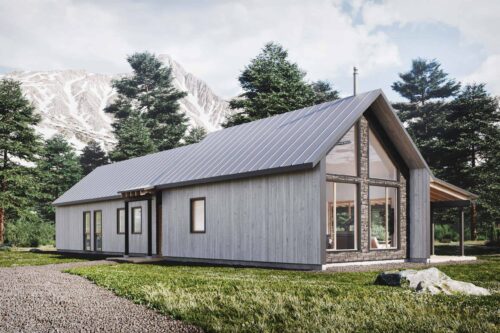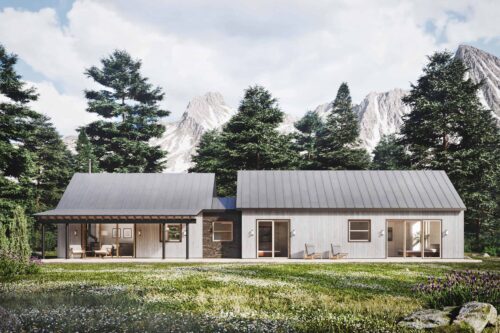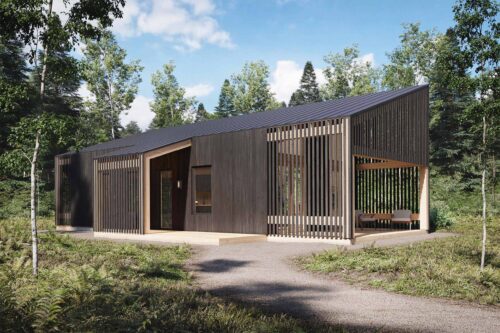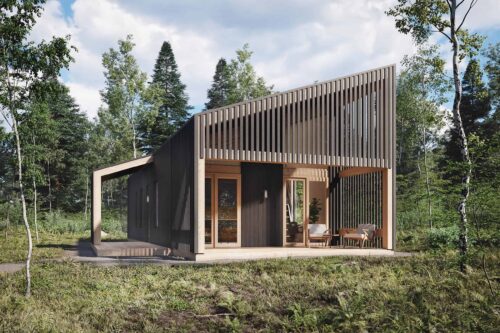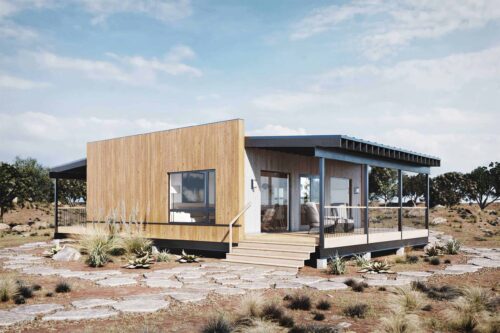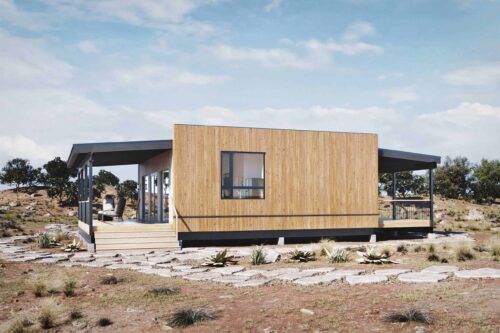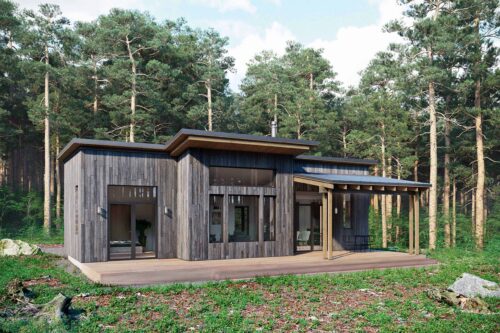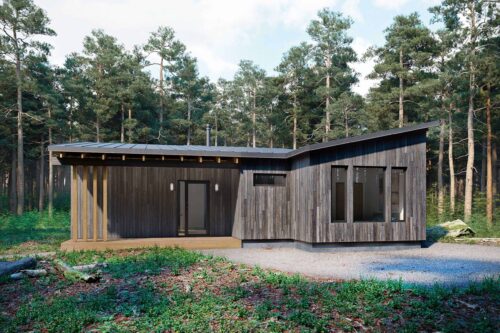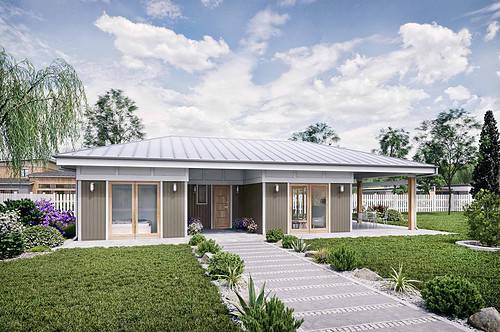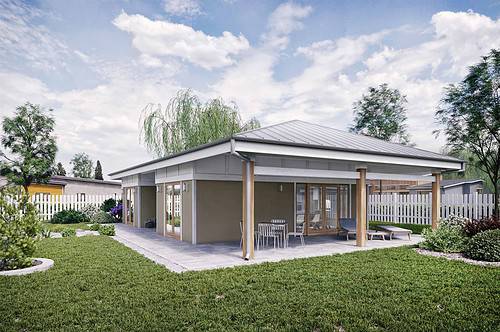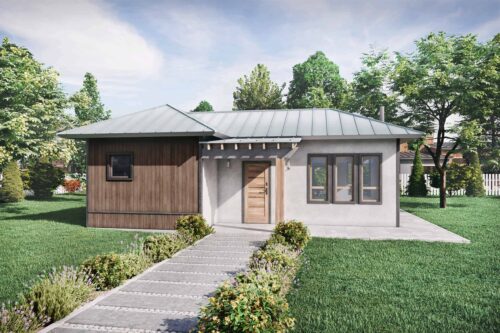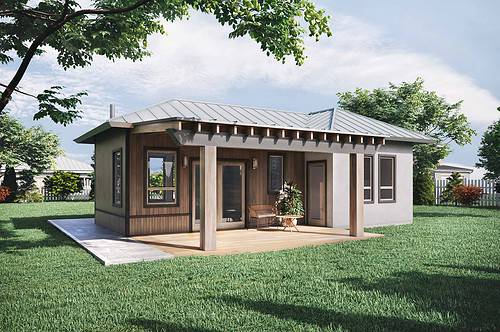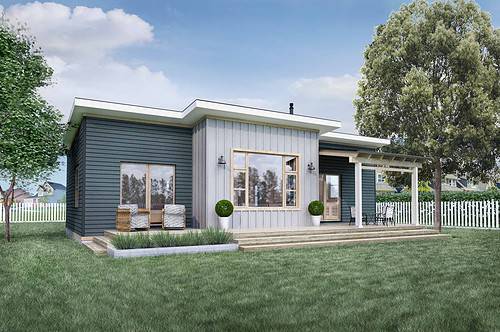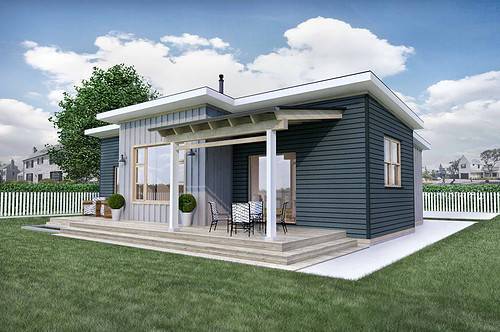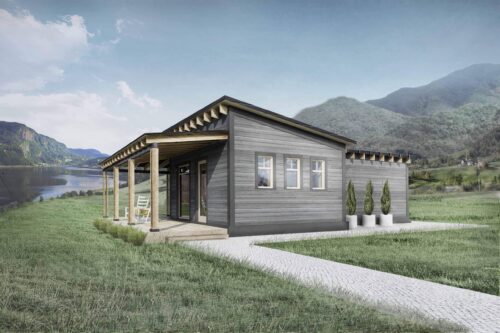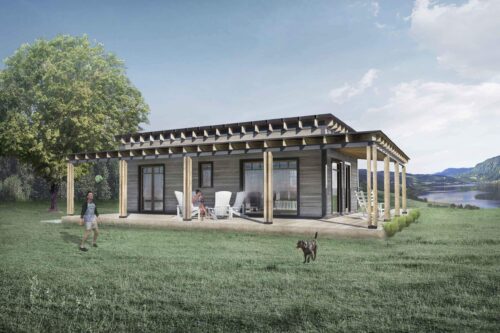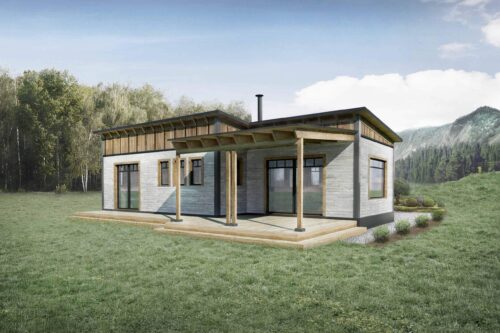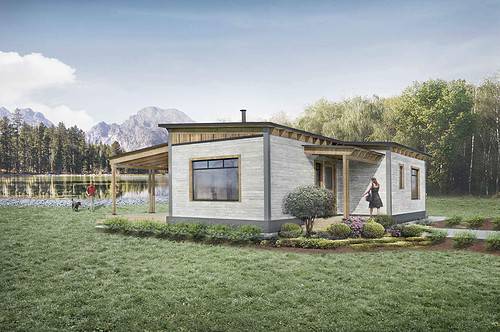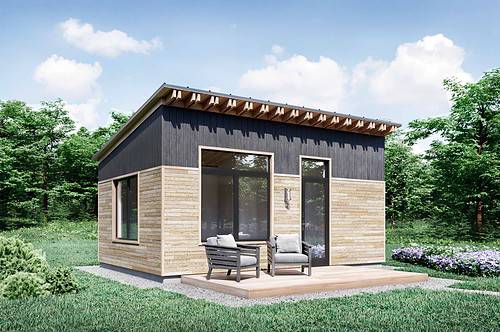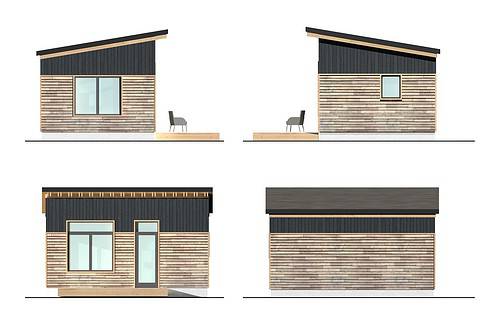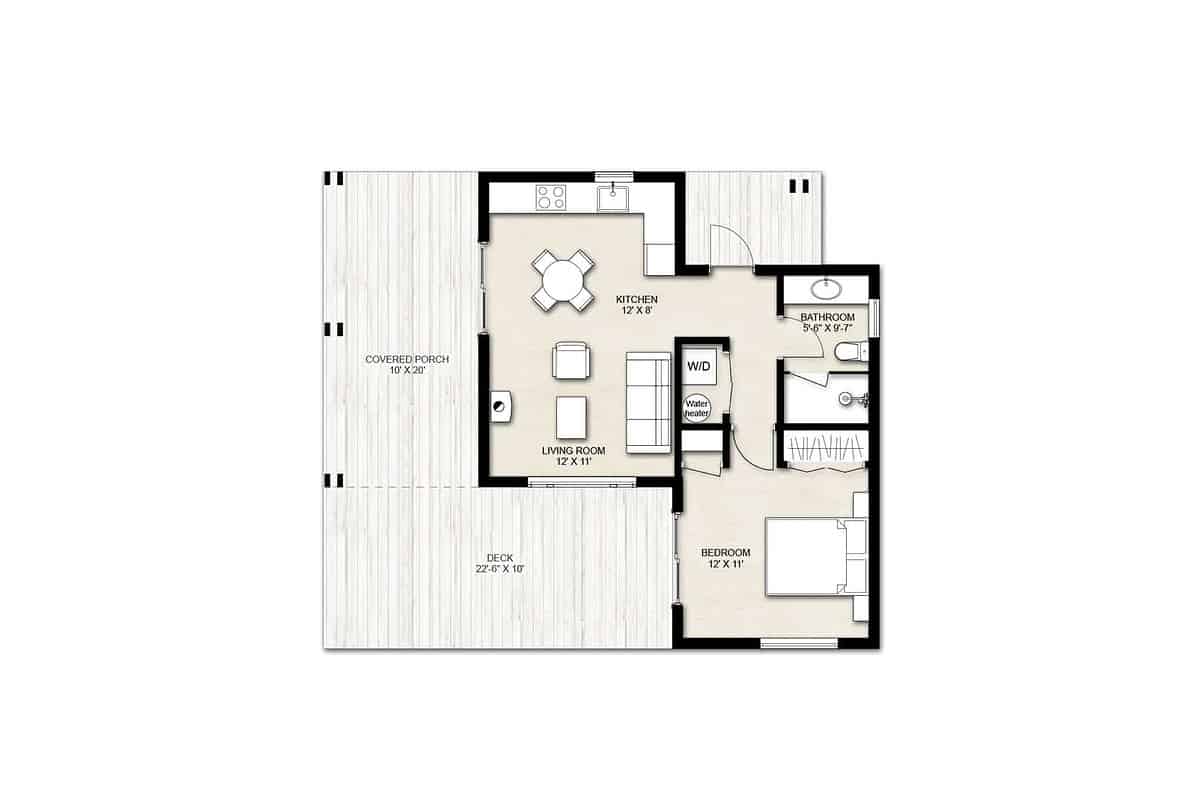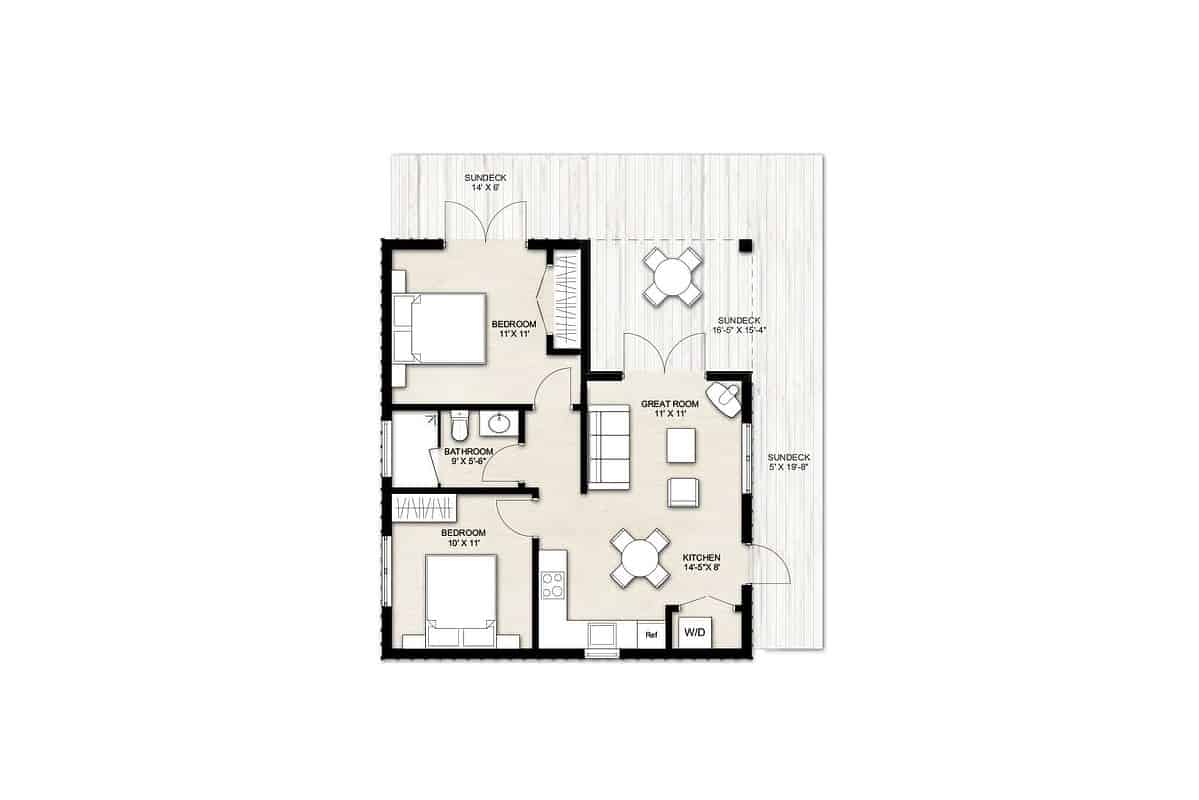No products in the cart.
Efficient Design Strategies for 20×30 House Plans
When designing 20×30 house plans, efficient strategies are crucial so as to maximize space and functionality. In this section, we will discuss some of the most effective design strategies for this type of house plan, including the use of multipurpose rooms and open floor plans, innovative storage solutions, maximizing natural light and ventilation, and the use of sustainable and durable materials.
Use of Multipurpose Rooms and Open Floor Plans
One of the most effective design strategies for a 20×30 house plan is the use of multipurpose rooms and open floor plans. Multipurpose rooms can serve multiple functions, such as a home office that can also be used as a guest room. This maximizes the use of space and eliminates the need for dedicated rooms that may not be used frequently. This even becomes more important when you are working with 20×30 1 bedroom house plans.
An open floor plan, on the other hand, combines living, dining, and kitchen areas into a single large space. This eliminates walls and doors that can make a small home feel cramped and claustrophobic. An open floor plan also creates a sense of flow and connection between rooms, making the home feel larger and more inviting.
Innovative Storage Solutions
Another important design strategy for a 20×30 house plan is the use of innovative storage solutions. In a small home, storage space is at a premium, so it’s important to utilize every available inch of space. Built-in cabinetry, shelving, and closet organizers can help maximize storage space and keep clutter at bay.
Other innovative storage solutions for 20×30 house plans include under-stair storage, built-in benches with hidden storage, and vertical storage solutions such as wall-mounted bookshelves and hanging pot racks.
Maximizing Natural Light and Ventilation
This is another key design strategy for a 20×30 house plan. Natural light can make a small space feel larger and more inviting, while ventilation is crucial for maintaining a healthy indoor environment.
To maximize natural light, consider large windows and skylights. Mirrors and light-colored walls can also help reflect and amplify natural light. To improve ventilation, consider installing ceiling fans, opening windows, and using window treatments that allow for increased airflow.
Use of Sustainable and Durable Materials
Finally, the use of sustainable and durable materials is an important design strategy to consider. Choosing materials that are environmentally friendly and long-lasting can reduce the environmental impact of the home and save money on maintenance and repairs over time.
Sustainable materials to consider may include bamboo flooring, recycled glass countertops, and reclaimed wood. For durable materials, such as metal roofing and fiber cement siding, can improve the longevity of the home and reduce the need for repairs.
Popular Styles of 20×30 House Plans
When it comes to 20×30 house plans, there are a variety of popular styles that homeowners can choose from. In this section, we will discuss some of the most popular styles that you can choose from. We will look at: cottage-style homes, modern and minimalist designs, traditional homes with modern amenities, and tiny homes and micro houses.
Cottage-Style Homes
Cottage-style homes are charming and cozy, with a focus on comfort and functionality. These homes typically feature steep roofs, dormer windows, and a welcoming front porch. The interior of a cottage-style home will often include open living spaces, a cozy fireplace, and rustic details such as exposed wood beams and stone accents.
Modern and Minimalist Designs
For those who prefer a more contemporary look, modern and minimalist designs will be an interesting option. These homes often feature clean lines, simple shapes, and a focus on natural materials and neutral colors. The interior of a modern and minimalist home will often include open living spaces, sleek finishes, and a focus on functionality over decoration.
Traditional Homes with Modern Amenities
This plan is best suited for folks who prefer traditional styles and feel. Though are designed with a traditional style, they will be fitted modern amenities for increased functionality. Some important features of these types of homes include classic architectural details, such as gabled roofs, dormer windows, and front porches. To these will be added modern amenities such as energy-efficient appliances, and smart home technology. An open floor plan will also work well with this plan to help tie everything together.
Tiny Homes and Micro Houses
Finally, for those who are looking for a truly minimalist and efficient living space, tiny homes and micro houses will be most ideal for the 20×30 house plans. The main characteristics of this type of house are a simple, streamlined design, with a focus on maximizing space and minimizing clutter. The interior of a tiny home or micro house may include a loft bedroom, a compact kitchen, and a living area that doubles as a workspace.



